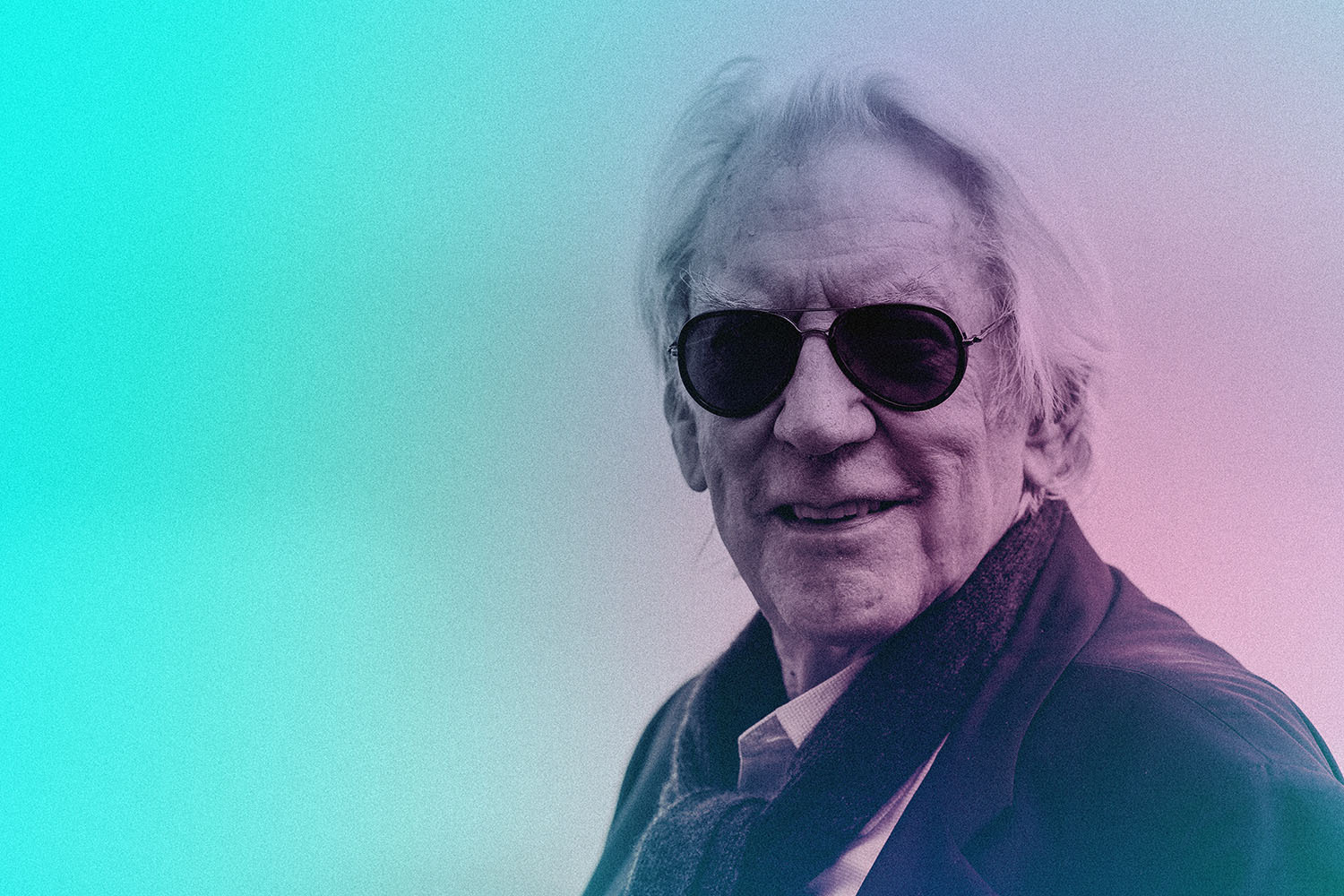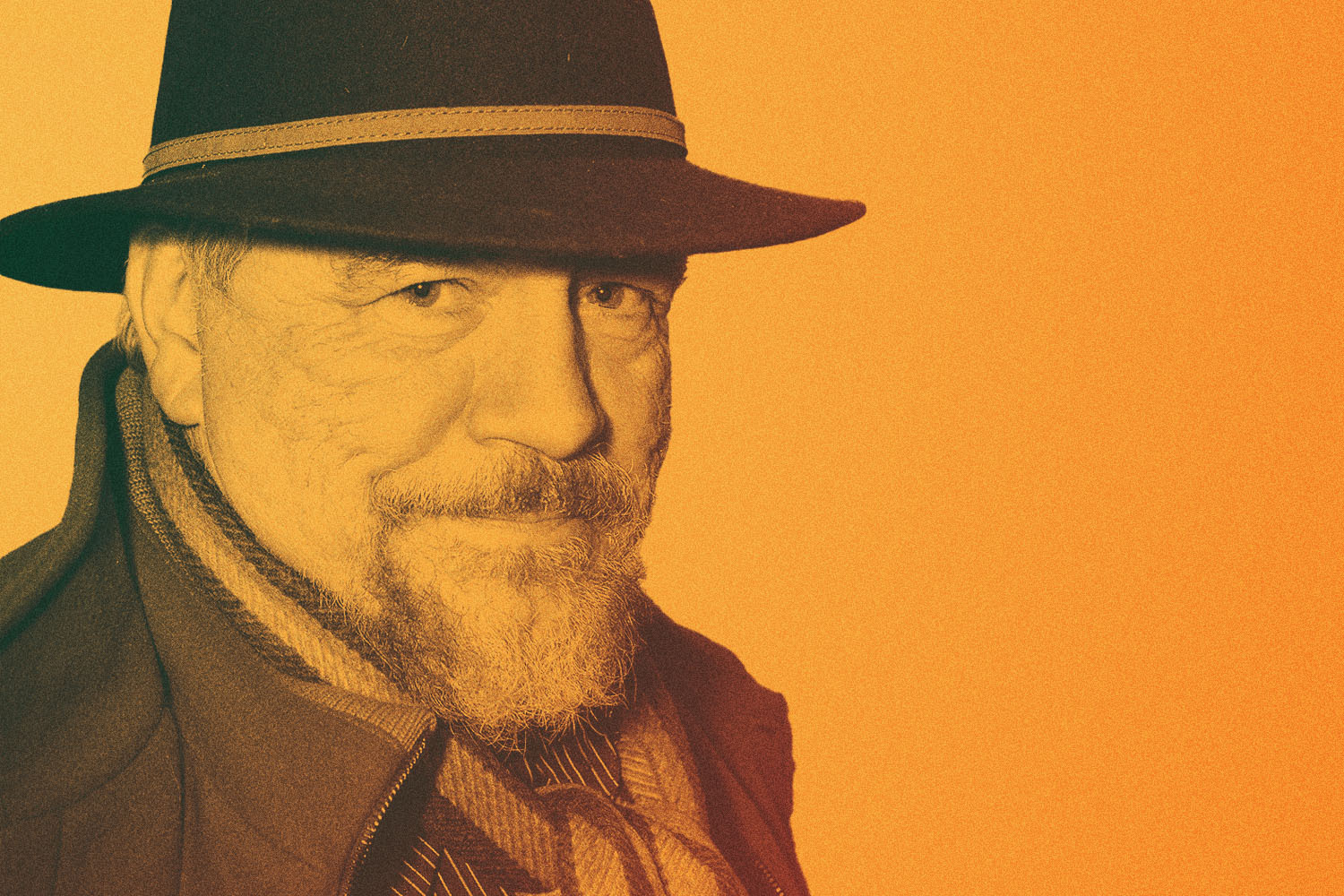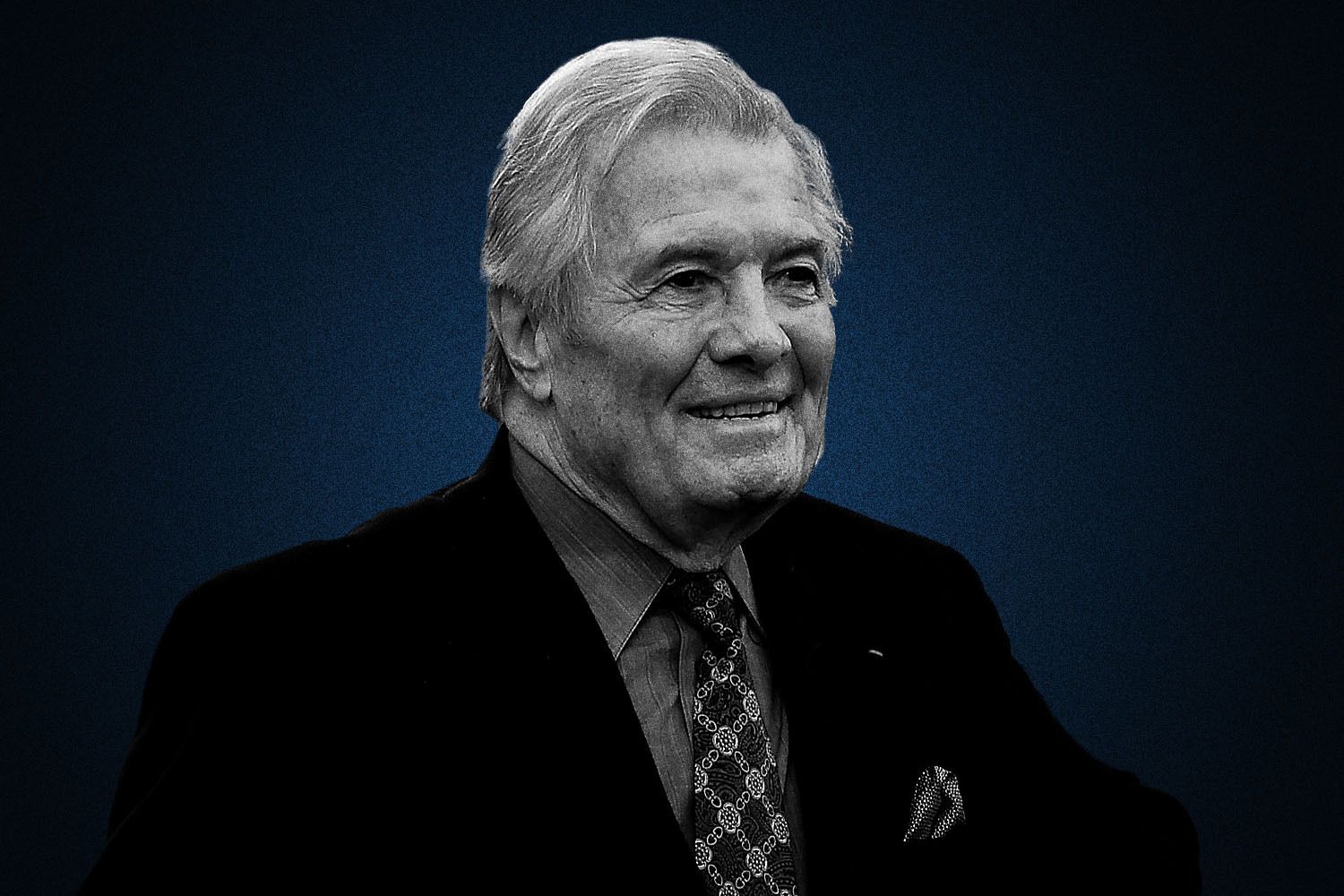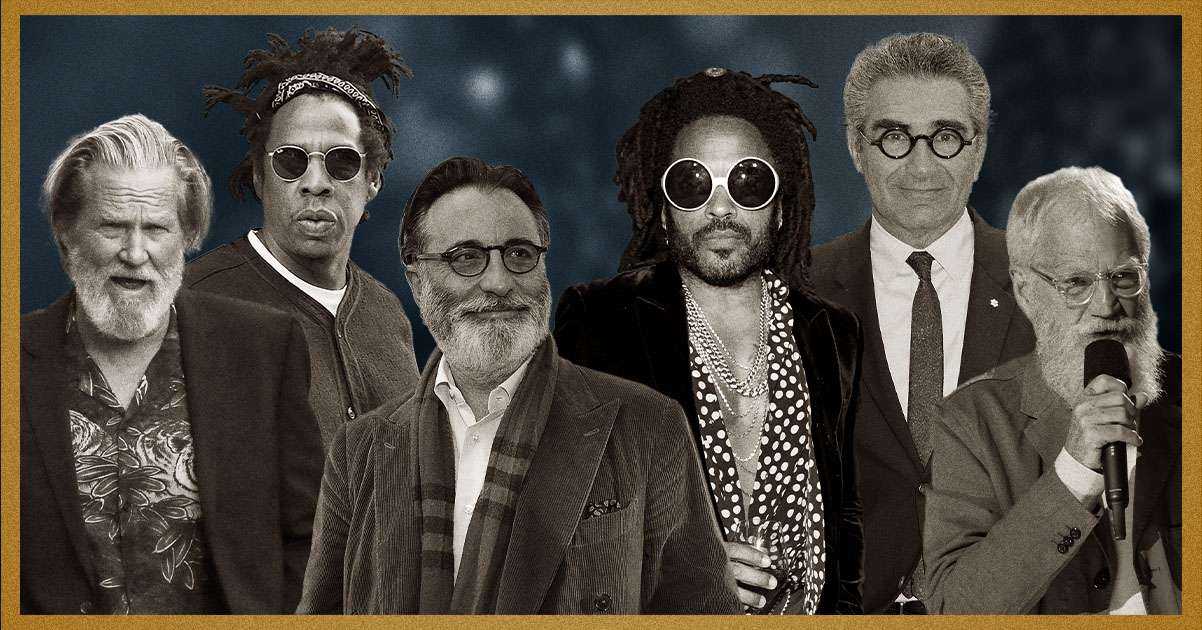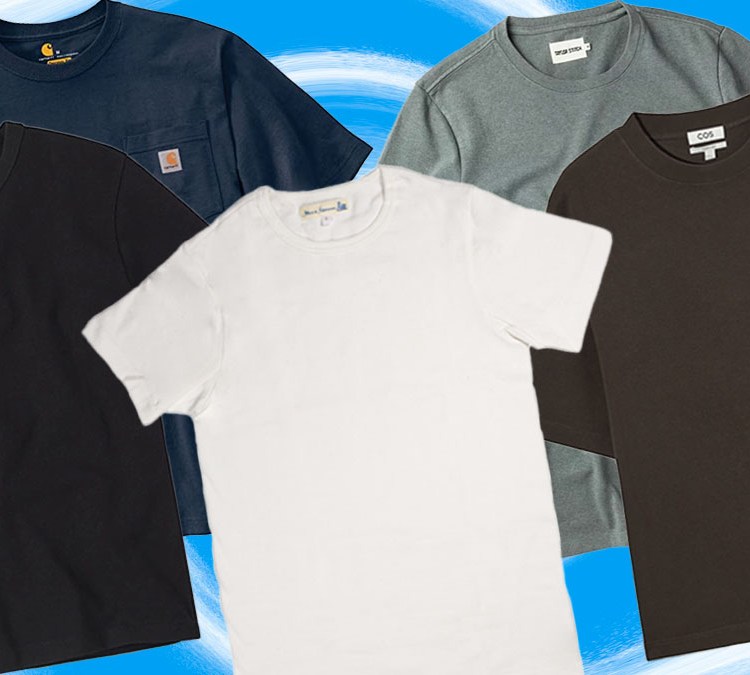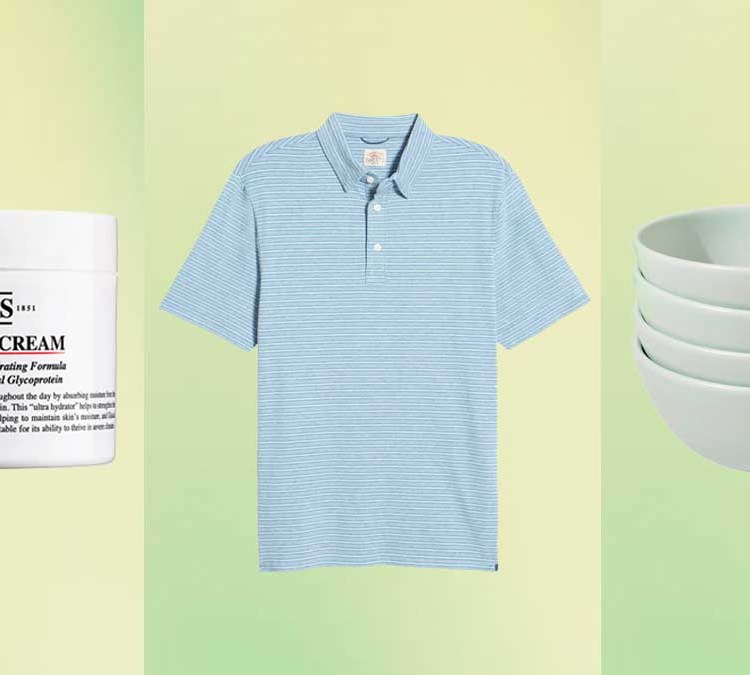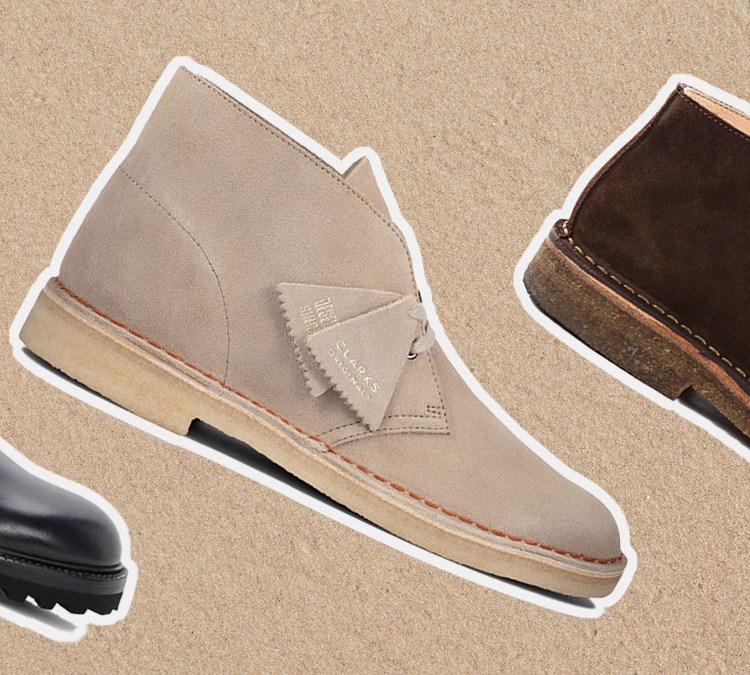During the 2020 election cycle, I spent approximately 150% of my time watching cable news, and probably higher than that as election results started coming in at a glacial pace over what felt like the longest week in political history. To divert attention from my growing anxiety, I did as I always do, and turned to menswear analysis, creating a running tally of the best dressed anchors.
In a sea of poorly fitted navy suits and bad red ties, Reverend Al Sharpton always stood out. As television’s most sharply dressed newsman, Sharpton boasts a collection of suits unlike anyone on the tube. He makes three-piece suits look effortless, knows how to rock a double-breasted jacket better than anyone, and is living proof that every man needs a windowpane suit.
I got the chance to talk to Sharpton about his singular sense of style, which he credits largely to his background in the church, his girlfriend (fashion designer Aisha McShaw) and the Godfather of Soul, James Brown.
InsideHook: How would you describe your personal sense of style?
Al Sharpton: Well, I think I try to be stylish but appropriate. I do not try to be too flamboyant, but I try not to be too regular either. Coming out of a church background and entertainment background, I was influenced growing up by being a boy preacher. I started preaching when I was 10. And the natural style of Black preachers in the Black church is to be somewhat flamboyant.
And then when I was 18, I became very close to the Godfather of Soul, James Brown, who was very much flamboyant. Growing up between the Black church and show business, you tend to know what the flamboyant side is. So I have that mixed in with the fact that I lead a national civil rights organization and host a national television show. You want to not be so flamboyant that you’re not taken seriously. But you don’t want to be so serious that you’re dull.
And then coupled with that, for the last 10 years, my girlfriend is a fashion designer, Aisha McShaw, who has a company, Aisha McShaw Design. So she kind of has been styling me the last 10 years. It’s funny, we started dating right before I got my MSNBC show. Since day one she’s been the one saying, “No, don’t use that pocket hanger. Nope, use that tie.” I’ve got a homegrown advantage.
I love that. And it’s very easy, I think, for menswear in cable news to become sort of cookie-cutter. And you always look set apart from the crowd in a way that is so refined and so tasteful, and really truly just a pleasure to watch.
Well, I put some thought in it. Because like I said, I grew up on stage, and in the pulpit. And then as fate would have it, my girlfriend at this stage of my life, the last decade, is into that. So, I put thought in it of trying to be stylish, but at the same time not over the top, that undercuts or undermines my message, and what I’m doing. That’s why I appreciated what you wrote and posted [our ranking of the 50 best dressed men over 50, where Reverend Sharpton featured], because I thought you had it just right.
I’m really fond especially of your double-breasted suits. Do you have somewhere that you go to that you get all of your suits? Are there go-to places?
Well, Aisha gets them from some stores. I think Suit Supply we use. And we also use Brioni.
What do you like to wear when you’re not wearing a suit? What does casual Reverend Sharpton look like?
I still wear a jacket, and sometimes a suit, sometimes a jacket and slacks and a shirt. That’s about it. Maybe I have a couple of the vests that I use for outerwear. The puffy kind of vest. But mostly, because I do radio every day and I usually make a public appearance, I am in suits every day. I work out every morning for about 45 minutes to an hour in my building, or if I’m on the road, at the hotel. Once I take off my jogging clothes, it’s usually a suit and tie. If it’s a down day at the office, it’s a suit without a tie, because I’m usually doing some meetings, or I’m doing something that I want a jacket.
You rarely will see me without a jacket. And even when I wear the puff vest outside, it’s almost like a jacket, because I use the pockets and all like a jacket. I’m never just khakis and a shirt out and all of that. No.
Are there one or two items in your closet that you can’t go without, that you keep buying, or that you keep going back to, or that on a day where you’re not really sure what you’re going to wear, you always reach for?
I love the suit that has the double-breasted vest with the lapel. I like that look. It’s different, it makes a statement. I try to get them all the time, if I see them anywhere. I like that double-breasted vest with the lapel straight suit. I like that three-piece.

Not a lot of guys can pull that look off. And you do in a way that is really singular to you. What do you think it is about you that makes you so adept at pulling off these looks?
I think you’ve got to buy clothes that fit your height, fit your body frame, and that express you. The thing that I look for is something that is in congruence with what I do. If I’m in Asia, and somebody says, “That guy’s a civil rights leader, a minister and a TV host,” you look like that. And I think that a lot of people don’t dress to really emphasize who they are, what they do. I want to look like what I do.
And I think that you should not follow trends, you should set trends. And I think that it should be set based on your body, your looks, your age. I think that guys in their 60s trying to look like they’re in their 20s make them look ridiculous.
The way a person dresses, to me, tells you a lot about whether they’re comfortable in their own skin.
I’m never just khakis and a shirt out and all of that. No.
Who are the people who had the biggest impact on the way you dress?
I think it definitely comes from growing up, being mentored, and trained by people who took that seriously. Ministers take seriously how they’re going to walk on the pulpit, because they’ve got hundreds of people watching them. And I started preaching when I was very young. By the time I was 10, I was ordained. And then in civil rights, they were mostly ministers. And then James Brown, James Brown used to change three or four times a show.
So, you took seriously how you look, because you’re always in front of the public. I remember James Brown used to fine his band members if their shoes weren’t polished and he could see his face in their shoes. That’s how strict he was. If you grew up around that environment from your teenage years, it’s kind of like second nature. First nature.
It was funny. In 1982, I had gone down to Augusta, Georgia, and spent some time with Mr. Brown. He by then became like a father figure to me. My father had left when I was 10. I was a young activist since I was 13, and I said to him, “You want to support us, Mr. Brown, on trying to get Martin Luther King’s birthday a holiday?” Because he was friendly with Republicans as much as Democrats.
He said, “I’m going to call the president and try to work that out.” I said, “Yeah, right.” I didn’t believe them. And he made a call to the White House, and of course they took the message, that was that. Later afternoon, to my surprise, Reagan’s White House called him back and gave him an appointment to meet with the president.
He said, “I’m going to take you with me.” First time I went to the White House was January 15th, 1982. He made me fly from New York back to Augusta, to fly back to Washington with him. That’s how he wanted me to go. And I’m with him we’re on the plane, and he said, “I want you to do me a favor, Rev.” I said, “What’s that?” He said, “I want you to do your hair like mine.” And I said, “All right.” He said, “When we land, we’ll take you to my hairdresser in Washington, he’ll do your hair. Because when you walk in the White House, I want them to see you like my son, a reflection.”
So I did that. And that’s where the style came from. And then, when we were going back to Augusta, he said, “I want you to keep your hair like that until I die.” And I always did. And I kept it after he died. It’s more gray now, but I keep that style. But he always said to me, “I want you to keep it well done, it’s your identity. Because people across airports know it’s you, because you have a distinct style. You’ve got to be distinct, but be distinguished.”
Do you have a tailor that you go to that you really love?
Aisha gets it tailored. Or if it’s something I get from Suit Supply, they’ll get it done the same day. And they’ll get it to me within hours. And it’s funny, I can be on the road, I travel a lot, and I will send Aisha a picture in my phone, and she’ll tell me right and wrong tie, right on the phone with me. We never stop.
Is there anyone in DC right now, either in news or politics, who you think is particularly well-dressed?
I love the way Craig Melvin dresses, on MSNBC, and NBC, does the Today Show. I think he’s a very good dresser. Jonathan Capehart is a good dresser. And on the female side, I like the way Joy Reid dresses. I think she’s great. And she’s a friend, so I hesitate to say, because she’ll call me and get on me, but I’ll say it publicly: I love the way Gayle King dresses. I think she dresses in an appropriate way that you’ll wake up in the morning, and you don’t want to see somebody who’s shocking, but you don’t want to see somebody that doesn’t make you wake up, too.
Is there anything else you want readers to know about your style, your love of clothing?
This is the last piece: I think that you grow. There was a time when I first came into the public mind, I was younger, and used to wear a lot of track suits and sneakers. But that was the age I was. I grew up in the ’70s and ’80s as Rap was the thing. The rappers, Public Enemy and Russell Simmons and all of us, Spike Lee, we’re all the same age out of Brooklyn. So, people thought that was a gimmick. That was the generation I am. As you get older, you mature, and you find yourself in different ways reflecting different things. And if I dress at 67 like I did at 27, I would appear a joke. I think that you ought to grow and be comfortable in your own skin. And I’m as comfortable now in designer suits as I was at 27 in tracksuits. But I’m still the same Al Sharpton, being true to who I am, and what I do.
This article was featured in the InsideHook newsletter. Sign up now.

